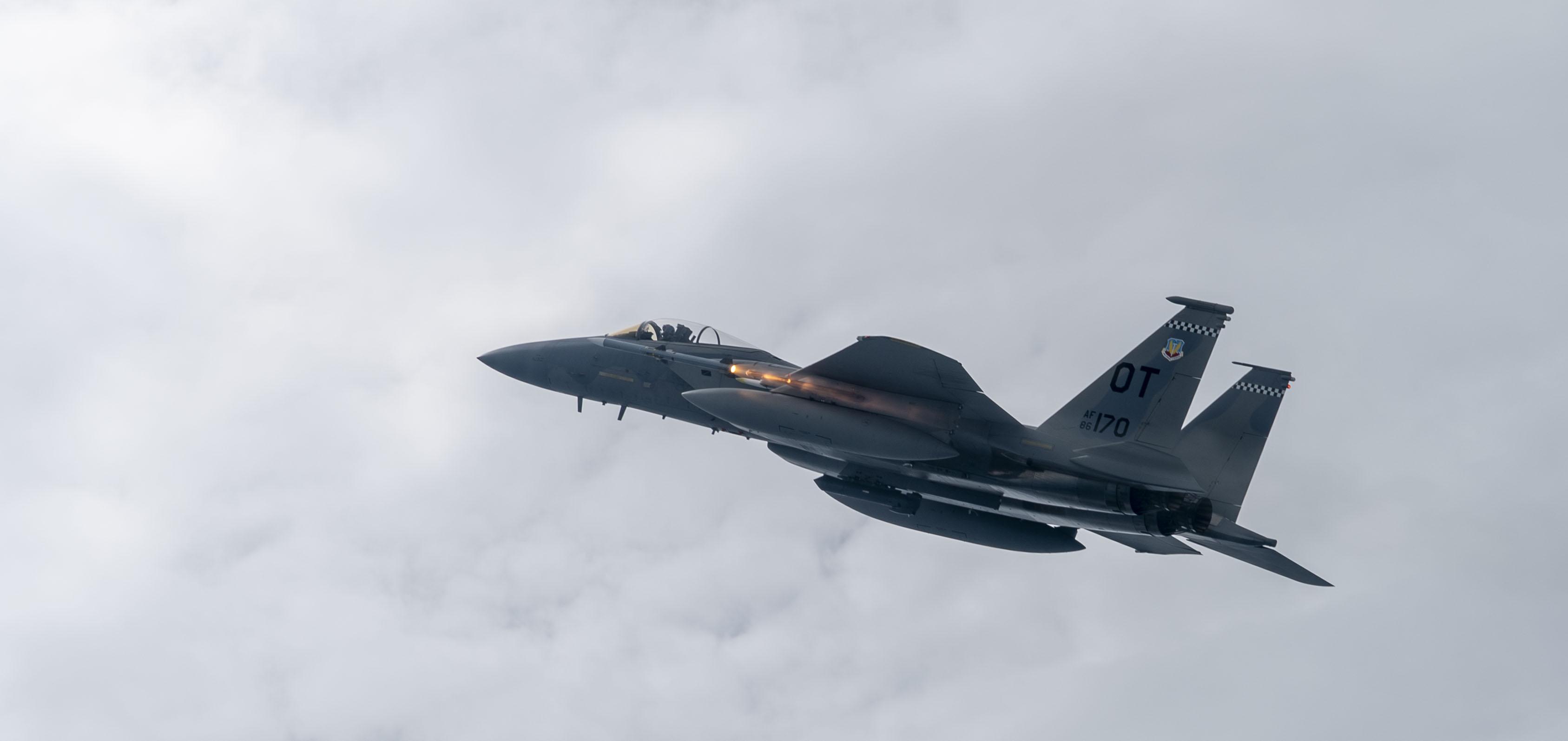
RAF FAIRFORD, England—The U.S. Air Force is working to shift internal Pentagon thinking on selling advanced air-to-air weapons to allies, saying the worry needs to be what is the risk if other nations do not have the missiles, not what is the risk if they do.
Kelli Seybolt, deputy under secretary of the Air Force for international affairs, told reporters at the Royal International Air Tattoo that although the U.S. is expecting to move away from the AIM-120 Advanced Medium-Range Air-to-Air Missile family soon, there is still international demand. This demand should be met, because what good is a fifth-generation fighter like the F-35 if it is still carrying fourth-generation missiles that are irrelevant at range?
“We’re trying to ensure that every missile that a partner has, their next generation will be better,” Seybolt says. “And we have to work the policy associated with all of that, and we’ve been pretty successful so far, but it’s still something that we have to work on.”
The focus is on both the current high-end systems in the U.S. arsenal and next-generation missiles.
That momentum was shown on July 15 when the U.S. State Department approved a potential $950 million sale of AIM-120D and AIM-120C-8 missiles to Norway. If authorized by Congress, the sale would add Norway to a list of AIM-120D operators that also includes the U.S., Australia, Canada and the UK.
“We have to overcome a culture of worrying the technical risk over the operational risk of partners not having the capability,” Seybolt says. “And I think the best example is fifth-gen partners with fourth-gen weapons—what we need is our partners to have the capability so that when we’re working together in a combined manner, that the person on your wing can close the kill chain just as you can. That’s just really critical.”
